India and China have made progress in resolving their military standoff along the Line of Actual Control (LAC) in eastern Ladakh. They have agreed to restore patrolling rights in the Depsang Plains and Demchok regions. These areas have longstanding issues that predate the 2020 Chinese incursions.
Both countries will now patrol up to their old points along the LAC. Indian troops can patrol between patrolling points (PP) 10 to 13 in the Depsang Plains and in Charding Nullah of Demchok.
The two sides have also made mutual agreements for the eastern theater, particularly in sensitive sectors of Arunachal Pradesh. Discussions about other eastern sectors will take place later.
While there is an agreement on patrolling rights in Depsang Plains and Demchok, the situation at other friction points, such as Galwan Valley and Pangong Tso, will remain unchanged. Disengagement of troops in these areas created buffer zones two years ago.
“Patrolling will occur along our perceived LAC, twice a month,” a source said. Each patrol will include 14 to 15 troops to prevent clashes. Patrol schedules will be exchanged, and any conflicts in dates or times will be modified cooperatively.
Both countries will coordinate their patrolling efforts and keep each other informed. Troop deployment along the LAC will be reduced as part of the Army’s winter plan for Ladakh.
Confidence-building measures will continue to reduce distrust. This includes monthly CO/Commander level meetings and case-by-case discussions.
The agreement on Depsang Plains and Charding Nullah is significant because, until recently, China was unwilling to discuss these areas, even while agreeing to disengagement at other friction points. Seven friction points in eastern Ladakh have seen confrontations since May 2020, including PP 14 (Galwan), PP 15 (Hot Springs), PP 17A (Gogra), and the banks of Pangong Tso.
The Depsang Plains are strategically important because they are located 30 km southeast of the Daulat Beg Oldie post near the Karakoram Pass. This area features flat terrain that could be used for military operations, similar to the Spanggur Gap in the Chushul sub-sector.
Bottleneck, a rocky outcrop, provides connectivity across the Depsang Plains and is located about 7 km east of Burtse, where the Indian Army has a base. Burtse is situated along the Darbuk-Shyok-Daulat Beg Oldie (DSDBO) road. From Bottleneck, the track forks into two paths: one north toward PP10 and the other southeast toward PP-13 along Jiwan Nala.
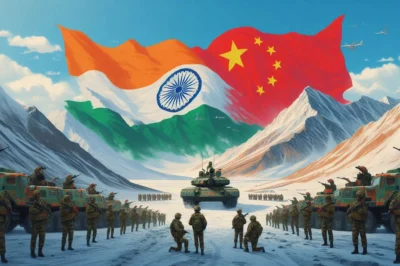

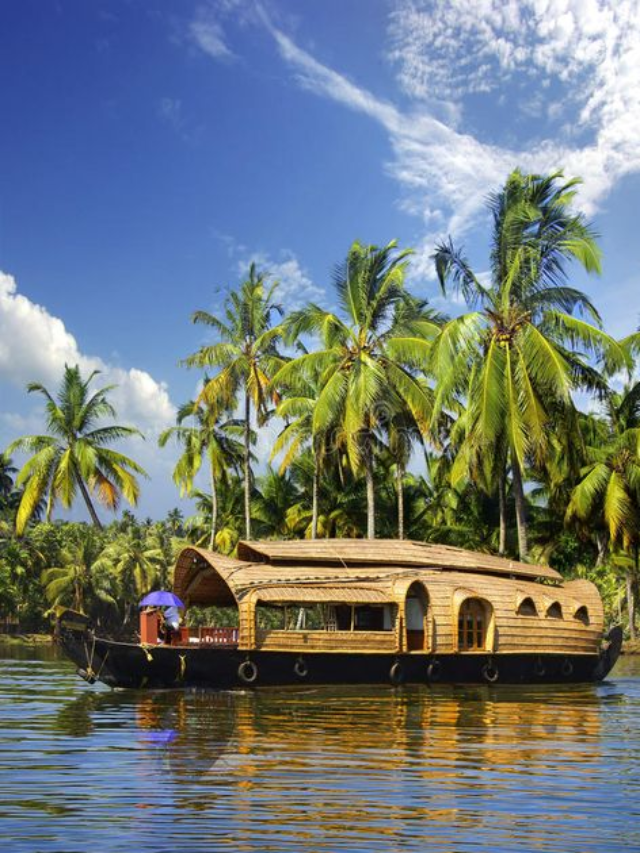






































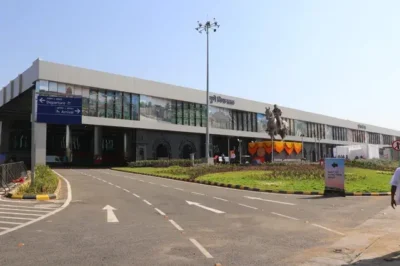
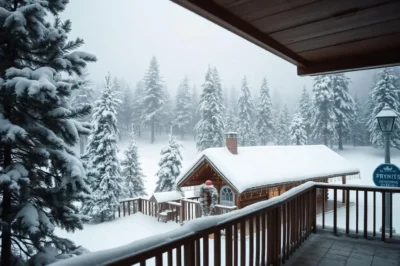



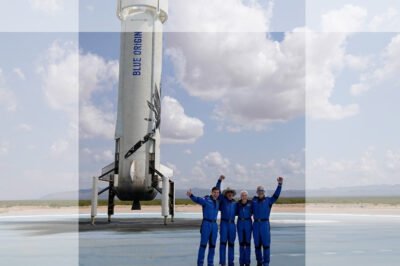







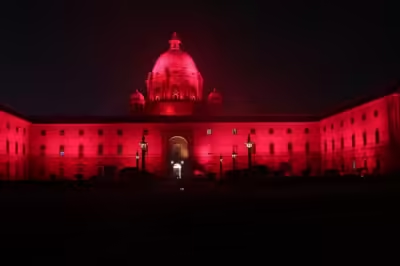













Leave a Reply